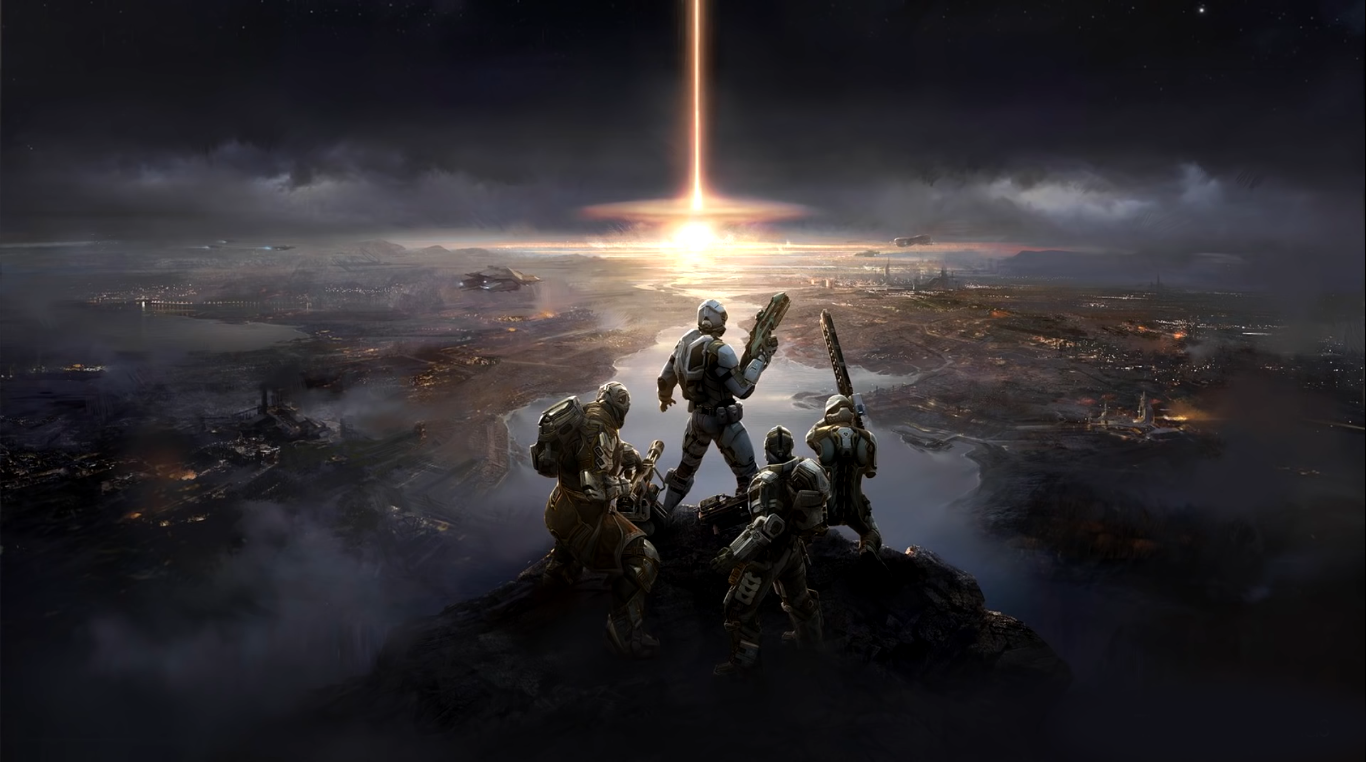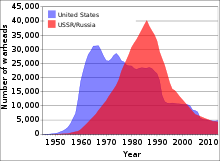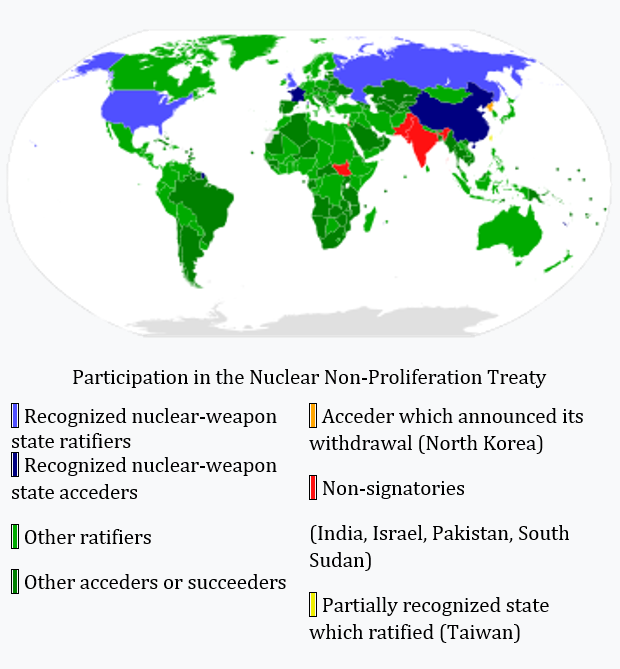Awaking the hidden entrepreneur in you beyond COVID-19 – The 3rd Chapter of Maestro
October 22, 2020Odyssey – ( July-September 2020 )
October 30, 2020
Likelihood of nuclear war
As of 2020, humanity has about 13,410 nuclear weapons, thousands of which are on hair-trigger alert (A US military policy which allows rapid launching of nuclear weapons). While stockpiles have been on the decline following the end of the Cold War, every nuclear country is currently undergoing modernization of its nuclear arsenal. According to Bulletin’s Doomsday Clock (A metaphorical representation of how close the world is, symbolized by minutes, to a nuclear catastrophe, symbolized by midnight.), the world is currently only one minute to midnight.
John F. Kennedy estimated the probability of the Cuban Missile Crisis escalating to nuclear conflict as between 33% and 50%.
In a poll of experts at the Global Catastrophic Risk Conference in Oxford (17‐20 July 2008), the Future of Humanity Institute estimated the probability of complete human extinction by nuclear weapons at 1% within the century, the probability of 1 billion dead at 10% and the probability of 1 million dead at 30%. These results reflect the median opinions of a group of experts, rather than a probabilistic model; the actual values may be much lower or higher.
Scientists have argued that even a small-scale nuclear war between two countries could have devastating global consequences and such local conflicts are more likely than full-scale nuclear wars.
Likelihood of complete human extinction

Many scholars have posited that a global thermonuclear war with Cold War-era stockpiles, or even with the current smaller stockpiles, may lead to human extinction. This position was bolstered when nuclear winter was first conceptualized and modelled in 1983. However, models from the past decade consider total extinction very unlikely, and suggest parts of the world would remain habitable. Technically the risk may not be zero, as the climatic effects of nuclear war are uncertain and could theoretically be larger than current models suggest, just as they could theoretically be smaller than current models suggest. There could also be indirect risks, such as a societal collapse following nuclear war that can make humanity much more vulnerable to other existential threats.
A related area of inquiry is: if a future nuclear arms race someday leads to larger stockpiles or more dangerous nuclear weapons than that which existed at the height of the Cold War, at what point could war with such weapons result in human extinction? Physicist Leo Szilard warned in the 1950s that a deliberate “doomsday device” could be constructed by surrounding powerful hydrogen bombs with a massive amount of cobalt. Cobalt has a half-life of five years, and its global fallout might, some physicists have posited, be able to clear out all human life via lethal radiation intensity. The main motivation for building a cobalt bomb in this scenario is its reduced expense compared with the arsenals possessed by superpowers; such a doomsday device does not need to be launched before detonation and thus does not require expensive missile delivery systems, and the hydrogen bombs do not need to be miniaturized for delivery via missile. The system for triggering it might have to be completely automated, in order for the deterrent to be effective. A modern twist might be to also lace the bombs with aerosols designed to exacerbate nuclear winter. A major caveat is that nuclear fallout transfer between the northern and southern hemispheres is expected to be small; unless a bomb detonates in each hemisphere, the effect of a bomb detonated in one hemisphere on the other is diminished.
Treaty on the Non-Proliferation of Nuclear Weapons
Nuclear Non-Proliferation Treaty

The Treaty on the Non-Proliferation of Nuclear Weapons (NPT), which entered into force in March 1970, seeks to inhibit the spread of nuclear weapons. Its 191 (With North Korea) states-parties are classified into two categories: nuclear-weapon states (NWS)—consisting of the United States, Russia, China, France, and the United Kingdom—and non-nuclear-weapon states (NNWS). Under the treaty, the five NWS commit to pursue general and complete disarmament, while the NNWS agree to forgo developing or acquiring nuclear weapons.
The treaty was signed on 1st of July 1968, to be effective from 5th of March 1970 on the locations Moscow, Russia; London, UK; Washington DC, United States. The treaty was copied from the languages English, Russian, French, Spanish and Chinese.
With its near-universal membership, the NPT has the widest adherence of any arms control agreement, with only South Sudan, India, Israel, and Pakistan remaining outside the treaty. In order to accede to the treaty, these states must do so as NNWS, since the treaty restricts NWS status to nations that “manufactured and exploded a nuclear weapon or other nuclear explosive device prior to 1 January 1967.” For India, Israel, and Pakistan, all known to possess or suspected of having nuclear weapons, joining the treaty as NNWS would require that they dismantle their nuclear weapons and place their nuclear materials under international safeguards. South Africa followed this path to accession in 1991.
North Korea announced January 10, 2003, that it was withdrawing from the treaty, effective the next day. Although Article X of the NPT requires that a country give three months’ notice in advance of withdrawing, North Korea argued that it satisfied this requirement because it originally announced its decision to withdraw March 12, 1993, and suspended the decision one day before it was to become legally binding. There is not yet a definitive legal opinion as to whether North Korea is still a party to the NPT.
Further Reading Suggestions
Doomsday Clock maintained by the Bulletin of Atomic Scientists
Hydrogen Bomb
Cobalt bomb
Nuclear winter
North Korea’s Withdrawal from NPT
